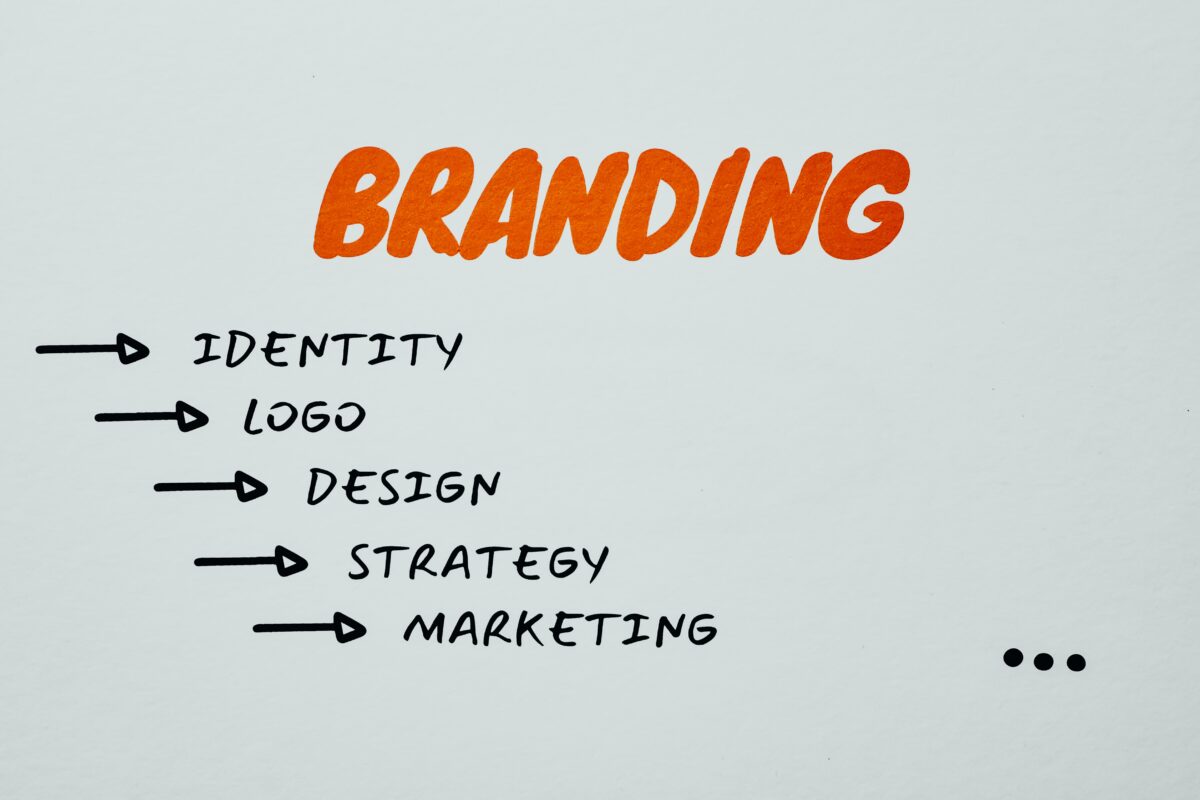Branding directly impacts the success of a business online, so you’ll want to consider creating a brand style guide if you don’t already have one. Think of a brand style guide as the rulebook for how your business presents itself to the world. This includes … Continue reading “5 tips to create a brand style guide for your business”
8 steps for finding your franchise voice
You may hear it often these days. Your franchise voice is everything online. It helps people connect with your brand, engage with you and (hopefully) come to trust you. As Amazon CEO Jeff Bezos once said, “Your brand is what people say about you when … Continue reading “8 steps for finding your franchise voice”
5 signs that your branding is broken
Your brand is your business’s identity. So, your branding is the reflection and culmination of your business’s personality, appearance, voice and overall vibe. It takes about seven seconds for consumers to make an instant decision about whether or not they like and trust your brand. … Continue reading “5 signs that your branding is broken”
5 tips for successful brand collaboration
Successful brand collaboration can help your company grow its online reputation (in a good way) and reach a wider audience. But if your partnership is weak or not the best fit, your collaboration will fail, which could cost you your reputation or even your profit. … Continue reading “5 tips for successful brand collaboration”
5 steps to determine your brand personality
Brands have personalities just like humans do. But if you’re a little unsure how to define your particular brand personality, you’ve come to the right place. A brand personality involves the human characteristics of a brand, which your customers can relate to and connect with. … Continue reading “5 steps to determine your brand personality”
6 tips to create brand loyalty for your business
While attracting new customers will always matter, you can’t forget about your existing customers (and building up their loyalty to your brand). Just a 5 percent increase in customer retention can lead to at least a 25 percent increase in profit. Fortunately, while consumers do … Continue reading “6 tips to create brand loyalty for your business”
Find your voice: 8 tips for reflecting your brand’s personality
You may hear it often these days. Your “brand voice” is everything online. It helps people connect with you, engage with you and (hopefully) come to trust you. As Amazon CEO Jeff Bezos once said, “Your brand is what people say about you when you’re … Continue reading “Find your voice: 8 tips for reflecting your brand’s personality”







